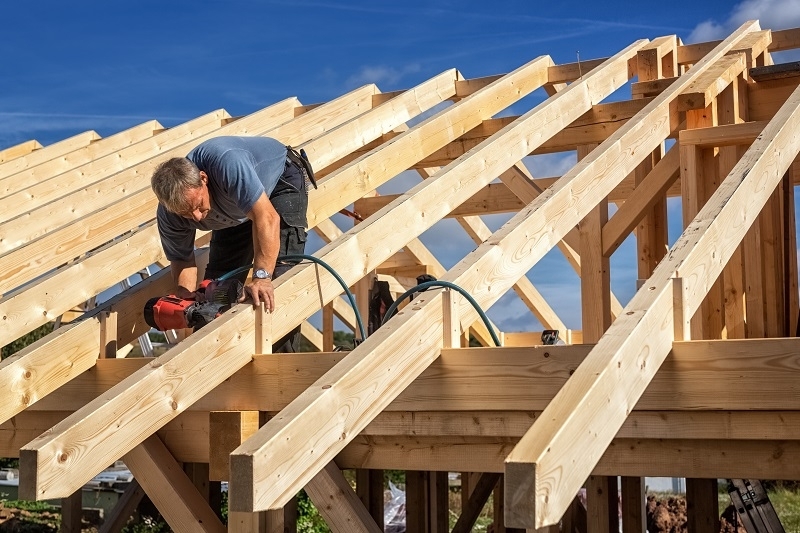Timber durability – your guide to classes 1 to 5
Published: 25/04/22 By: Mike Bekin
When choosing timbers for your construction works, be it decking in your garden or cladding on a commercial building, there is a lot of jargon involved. ThermoWood®, pressure treatments and the many different species names are just some of the industry-specific terms you will come across! Not all of them are essential for choosing your timber, but they can be helpful. One such term that we recommend you learn is Use Classes, and we have got all the information you need right here.
What Are Use Classes?
Use Classes is a categorisation of timber used by British Standards BS EN 335:2013. There are five different Use Classes, and they refer to the end application of the timber. By knowing the Use Class, it is much more easy for manufacturers, suppliers and you, the end client, to communicate without confusion, ensuring you get the right timber needed.
It is important to note that Use Classes are different from Natural Durability Classes. Whilst durability is relevant in Use Classes, the main focus here is the end application, not the properties of the wood.
Use Class 1
Use Class 1 refers to any timber which is intended for use indoors. This means the timber will be kept dry and weather issues are not a problem, so water resistance isn’t a must for the wood. Upper floor joists as well as your internal flooring are a common example of a Use Class 1 end application.
Use Class 2
Use Class 2 still refers to timber which will be used indoors, but this category does have a risk of getting wet. For example, any timber that is used in a bathroom will come under Use Class 2. Your front door might also fit into this category. This means the timber species has to be naturally more water-resistant or the wood must be treated with a water-resistant finish to prevent any moisture content issues.
Use Class 3
Use Class 3 is the most common timber we work with here at EcoChoice (though definitely not the only one!). The timbers used in this type of application are selected for their suitability for use outdoors and above ground. So, decking boards and cladding will come under Use Class 3 since they don’t come into direct contact with the ground. These timbers are either naturally durable to UC3 or are generally pressure-treated or have a preservative coating to improve their durability in this type of application.
Use Class 4
Use Class 4 timber is for outdoor use, just like Use Class 3. But the difference here is that the wood comes into direct contact with the ground and is often wet, so it needs to be far more durable than Use Class 3. Common applications for this timber include decking posts, fence posts and retaining walls. Use Class 4 wood is either a very durable hardwood or pressure treated to a higher standard (UC4).
Use Class 5
Timber that is suitable for Use Class 5 has to be really tough! UC5 applications are where the timber is going to be in constant direct contact with the ground or water, including sea water. End-uses can include sea defence, dock gates and fenders, all of which have to be very resistant to water.
Find the Right Use Class at EcoChoice
If you’re not sure which Use Class is right for your project, we can help. At EcoChoice we are timber experts with a lot of experience in both commercial and domestic projects. To learn which Use Class you need and to be matched with the right timber species, get in touch with us today and we will be more than happy to help!
Image: Ingo Bartussek / Shutterstock.com
Tags: Durability, Timber
Categories: Insights
